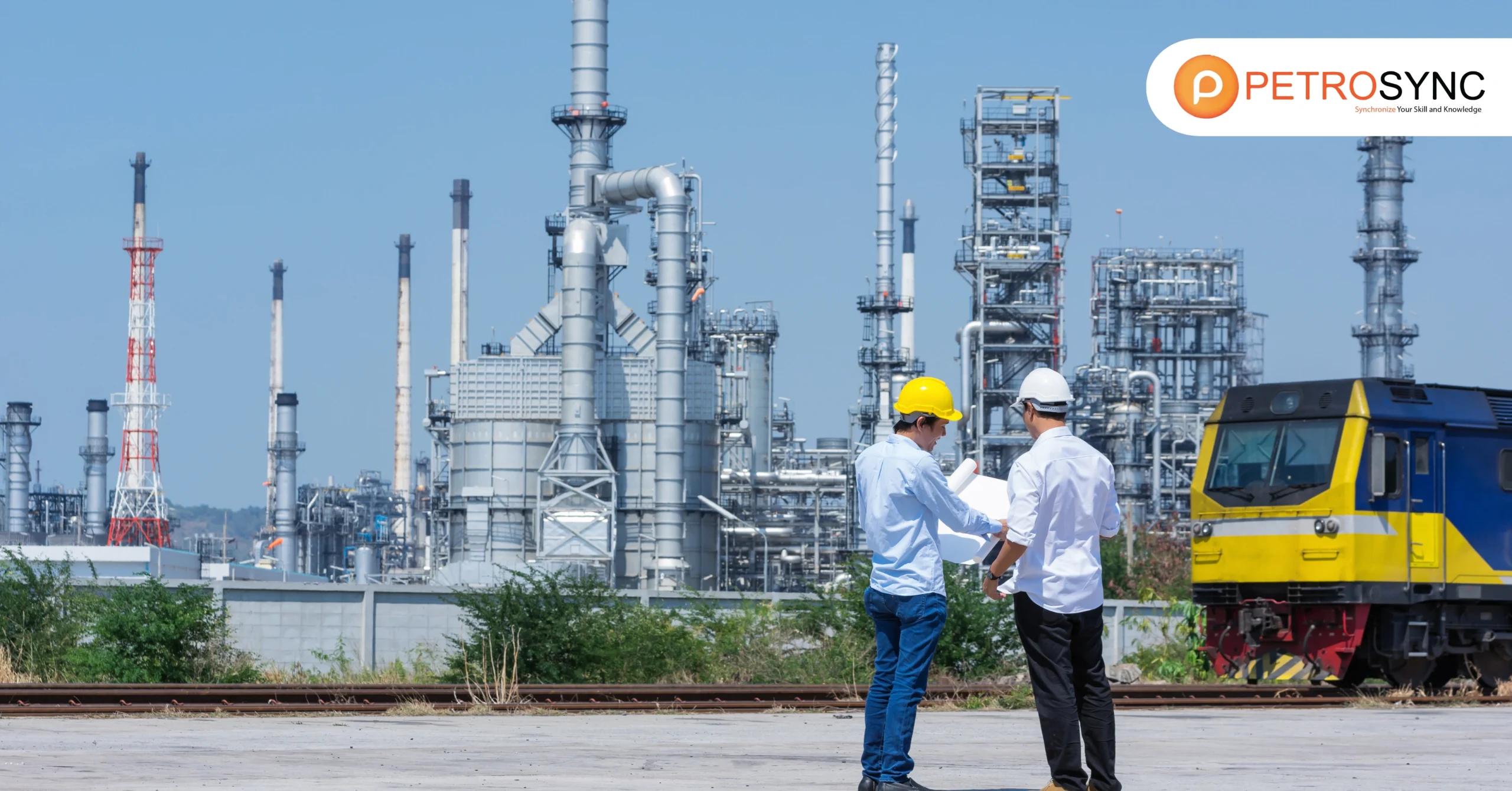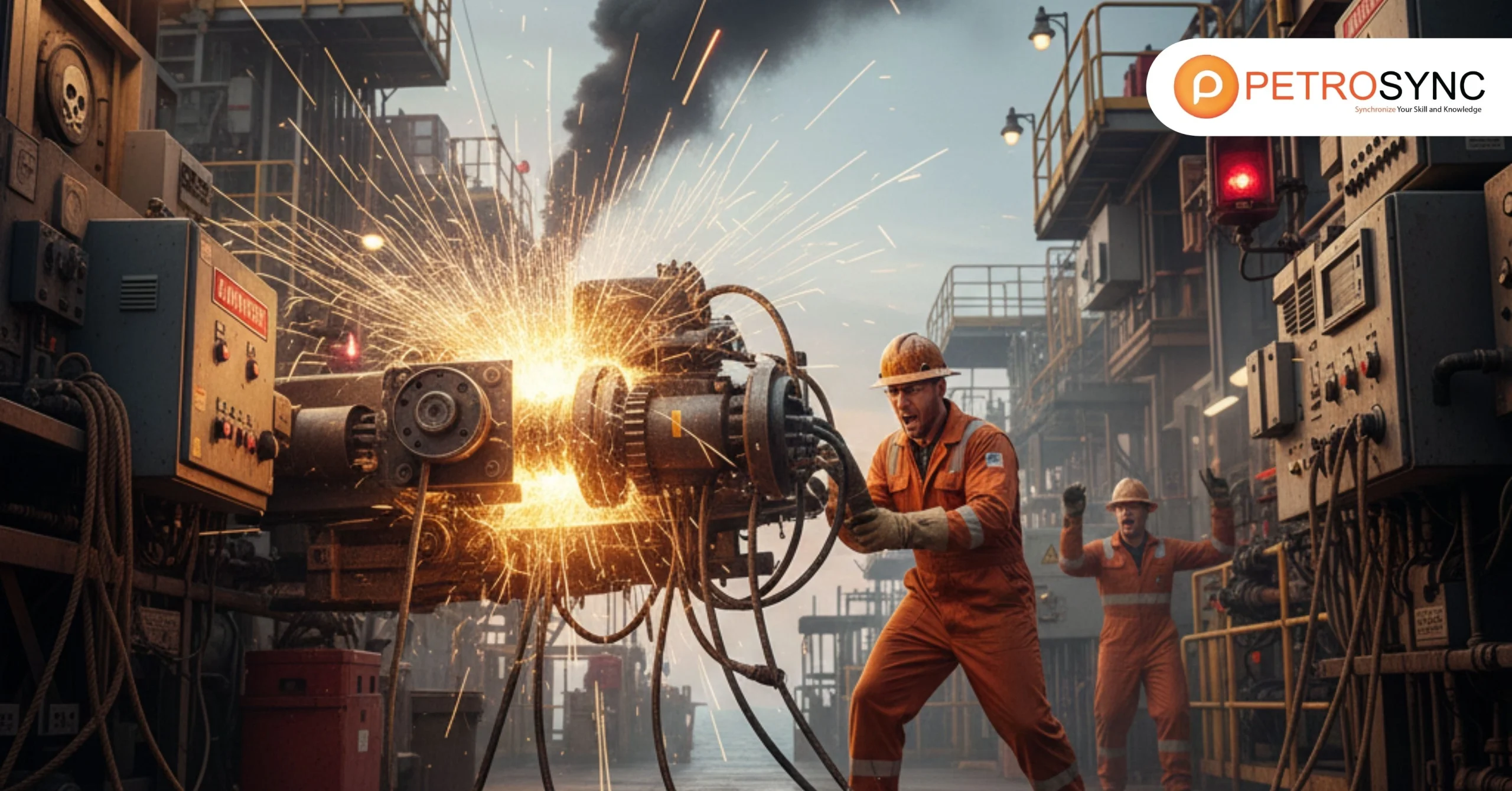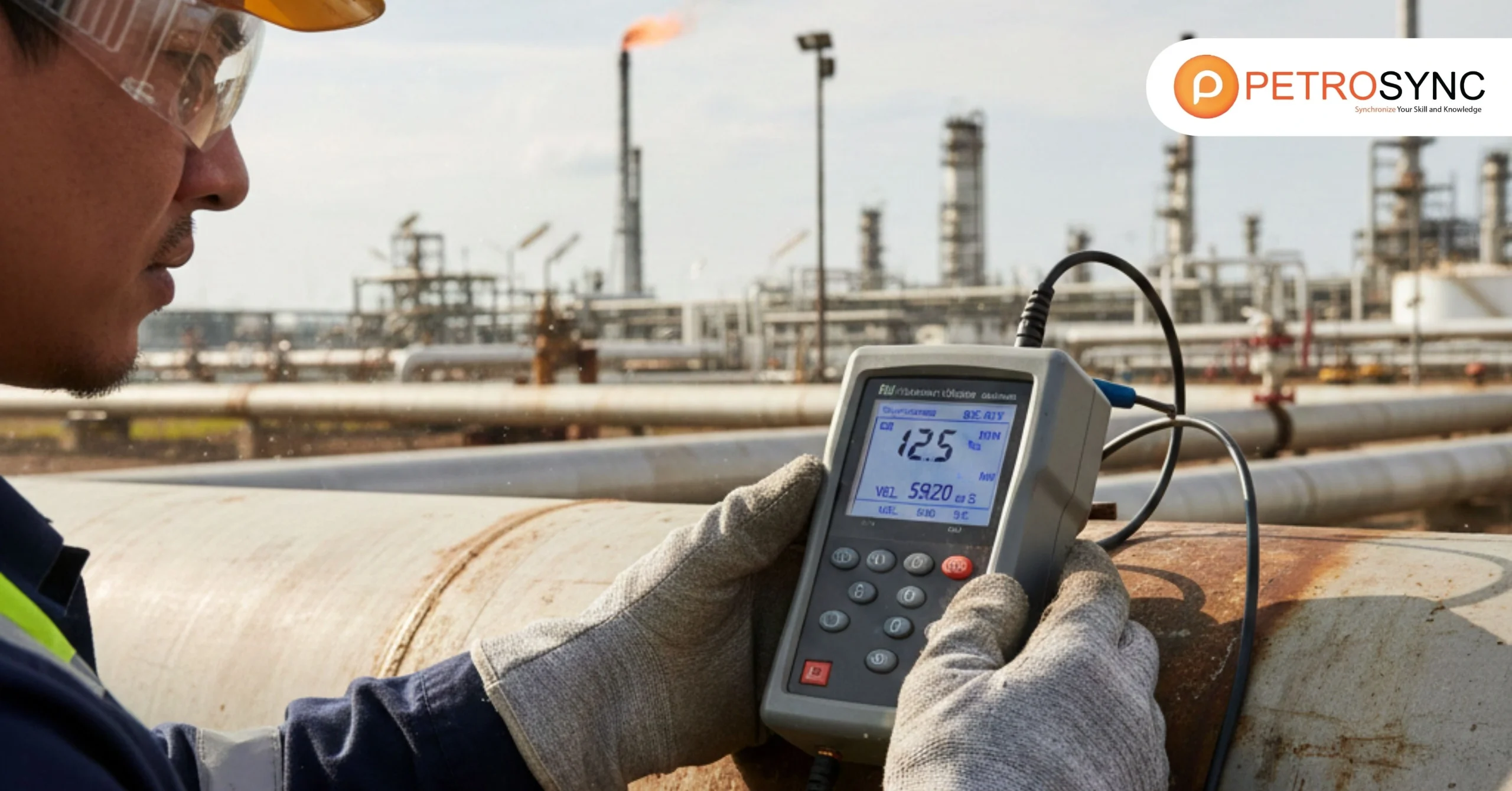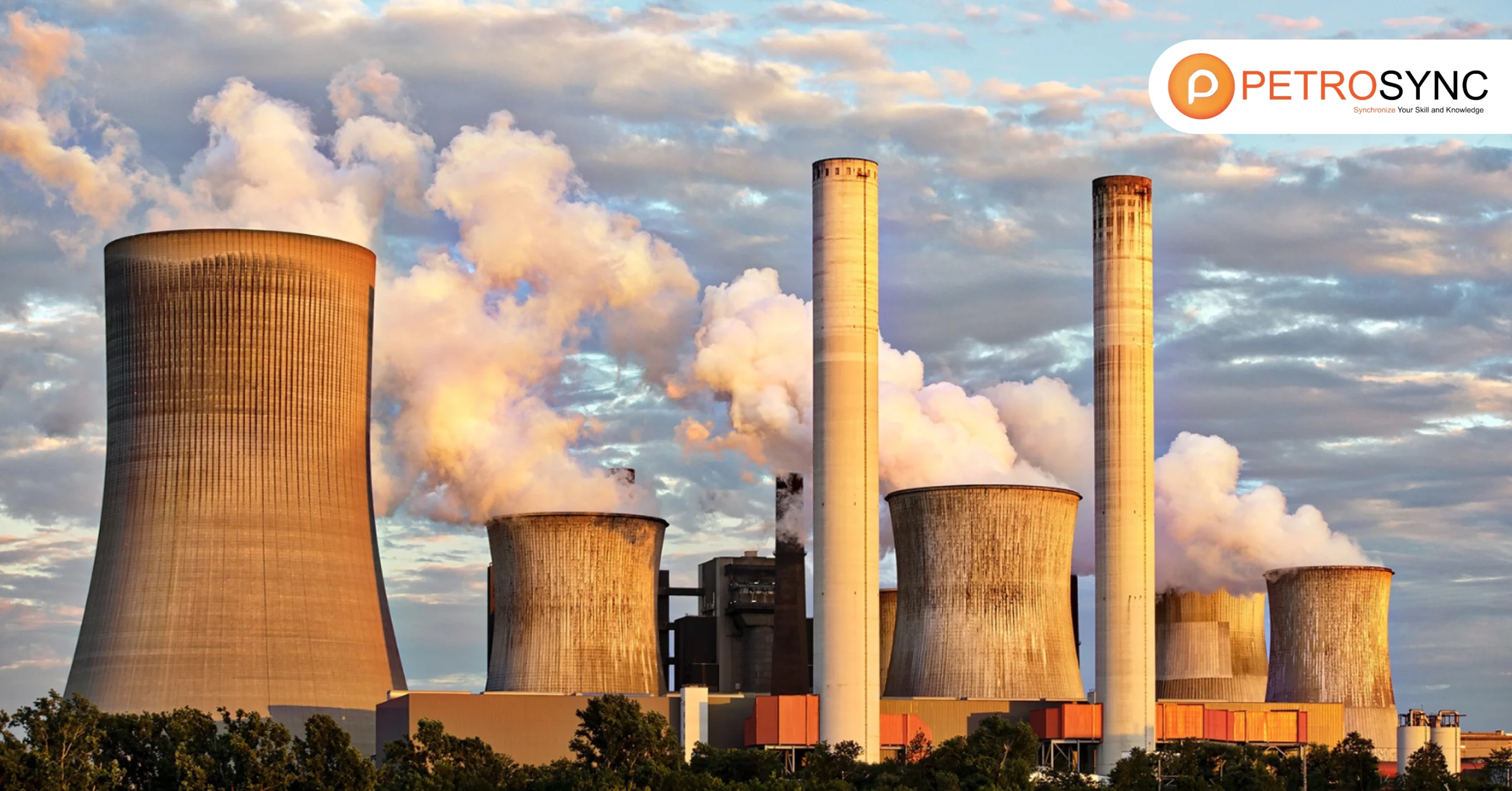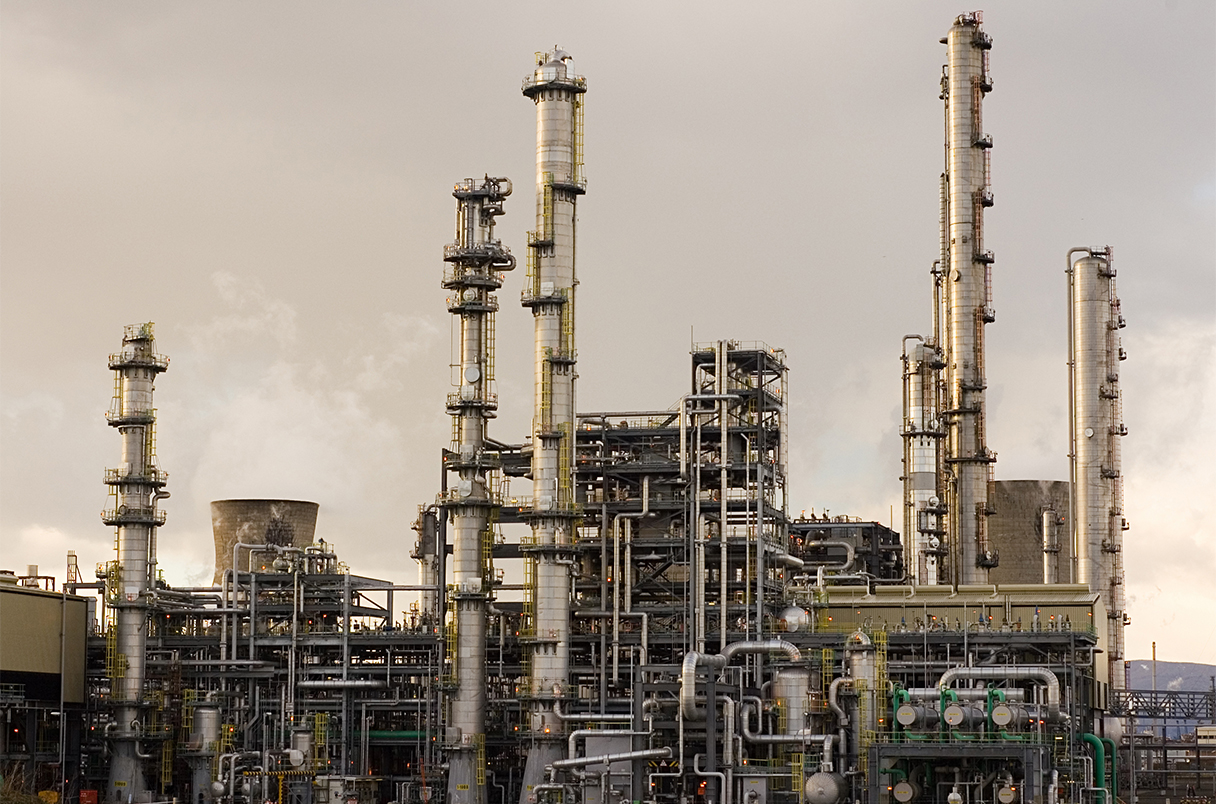From the gasoline that powers our cars to the asphalt beneath our feet, oil refineries transform raw crude oil into countless products that fuel modern life. While we may often take these conveniences for granted, the intricate operations inside refineries are a testament to human engineering and innovation.
Before exploring how refineries work and their growing importance in today’s evolving energy landscape, let’s begin by understanding what exactly an oil refinery is and why it remains a critical component of the global economy.
What is an Oil Refinery?
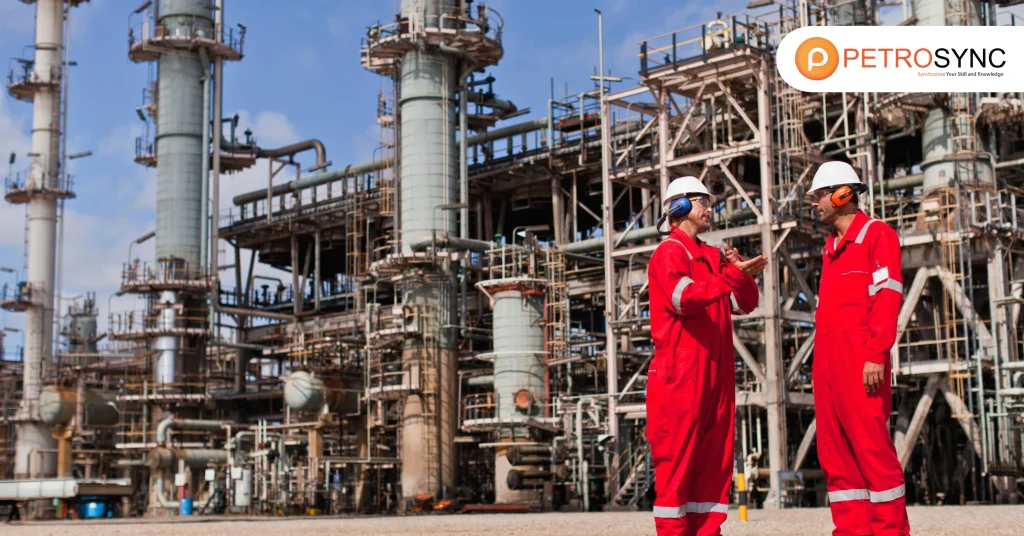
An oil refinery is an industrial facility designed to transform crude oil into usable products such as fuels, lubricants, and chemical feedstocks. Through a series of physical and chemical processes, raw hydrocarbons are separated, converted, and treated to meet specific market demands. The concept of refining dates back to the 19th century with the advent of kerosene production for lighting.
Today, modern refineries are highly complex operations, handling millions of barrels of crude oil each day to supply the energy and materials needed for industries, transportation, and households worldwide. Refineries play a pivotal role not just in energy production, but also in the broader economic stability of nations, serving as hubs of employment, innovation, and industrial output.
How Oil Refineries Work: Step-by-Step Process
Turning raw crude into valuable products is a highly technical process involving multiple stages:
1. Distillation
The first and most fundamental step, where crude oil is heated and separated based on boiling points. Light gases, gasoline, diesel, and heavy oils emerge at different temperatures.
2. Cracking
Thermal or catalytic cracking breaks down heavier fractions into lighter molecules, producing more desirable products like gasoline and diesel.
3. Reforming
Refiners chemically restructure low-quality hydrocarbons to improve their octane rating, making them more suitable for fuel applications.
4. Treating and Blending
Hydrotreating removes unwanted impurities like sulfur. Operators then blend various streams to create products that meet regulatory standards and consumer expectations.
Each stage requires precise control and sophisticated technology to maximize yield, minimize waste, and ensure environmental compliance.
Products Produced by Oil Refineries
Oil refineries produce a diverse range of products that are indispensable to modern life:
- Fuels: Gasoline, diesel, jet fuel, marine fuels
- Industrial products: Lubricants, waxes, asphalt
- Chemical feedstocks: Naphtha, ethylene, propylene, essential for plastics and synthetic materials
- Heating oils: Used for residential and industrial heating
According to the U.S. Energy Information Administration (EIA), approximately 45% of a typical barrel of crude oil becomes gasoline, while the rest is distributed among diesel, jet fuel, petrochemical feedstocks, and other products.
Major Oil Refineries Around the World
Several massive refineries shape the global supply landscape:
- Jamnagar Refinery (India): Operated by Reliance Industries, it’s the largest refinery complex in the world, processing over 1.2 million barrels per day.
- ExxonMobil Baytown Refinery (USA): One of the largest in North America, with a capacity exceeding 580,000 barrels per day.
- Ras Tanura Refinery (Saudi Arabia): Operated by Saudi Aramco, it plays a strategic role in supplying global markets.
- Paraguana Refinery Complex (Venezuela): Among the largest in the Western Hemisphere.
These facilities are not just production hubs—they are technological marvels employing thousands of workers and driving regional economic activity.
Environmental Impact of Oil Refineries
While oil refineries supply critical products, they also pose significant environmental challenges:
- Air emissions: Refineries emit carbon dioxide (CO2), sulfur oxides (SOx), and volatile organic compounds (VOCs).
- Water usage: Large volumes of water are used for cooling and processing, leading to concerns about contamination and overconsumption.
- Waste generation: Solid and liquid waste management remains a critical issue.
Efforts are underway globally to reduce refinery emissions and transition to cleaner technologies. According to a McKinsey & Company report, implementing carbon capture and low-carbon technologies could reduce refinery sector emissions by up to 50% by 2050.
Future of Oil Refineries in the Energy Transition
As the world shifts toward sustainability and renewable energy, refineries will adapt and evolve instead of disappearing. Key trends shaping the future include:
- Bio-refining: Processing bio-feedstocks like vegetable oils and waste oils into renewable fuels.
- Hydrogen integration: Refineries adopting hydrogen as a clean energy input.
- Carbon capture and storage (CCS): Technologies to capture CO2 emissions at source.
- Electrification of operations: Using renewable electricity to power refinery processes.
The International Energy Agency (IEA) predicts that by 2040, more than 20% of refinery throughput could consist of alternative feedstocks if energy transition efforts accelerate. Thus, refining expertise will remain vital—not just in oil, but in renewable fuels and advanced chemical production.
Build Your Expertise: Join PetroSync’s Refinery Training Programs
In an industry characterized by rapid innovation and tightening environmental standards, staying ahead requires more than basic knowledge—it demands specialized training and continuous skill development. PetroSync offers comprehensive refinery training programs designed for professionals who seek to deepen their technical expertise, master regulatory compliance, and drive operational excellence.
With PetroSync, participants gain:
- Practical knowledge of refinery operations and optimization
- Insights into emerging trends like hydrogen and carbon management
- Certifications that enhance professional credibility globally
Investing in technical education has a measurable impact. LinkedIn Learning reports that companies with structured training programs see 24% higher profitability and 218% higher productivity per employee.
Take the Next Step: Join PetroSync Training for Career Growth
Continuous learning is no longer optional—it’s essential for success in today’s energy sector. Whether you’re aiming to optimize refinery performance, implement greener technologies, or simply future-proof your career, PetroSync’s training programs provide the roadmap.
By joining PetroSync’s specialized refinery training, you align yourself with industry best practices, expand your career opportunities, and position yourself as a leader in an evolving market. Take the next step. Join PetroSync Training today, and empower your future in the energy industry

Results-oriented and thorough SEO specialist with extensive experience in conducting keyword research, developing and implementing digital website promotion strategies and plans, managing campaigns to develop company websites in the digital world, excellent knowledge of marketing techniques and principles, and attentive strong attention to detail.

